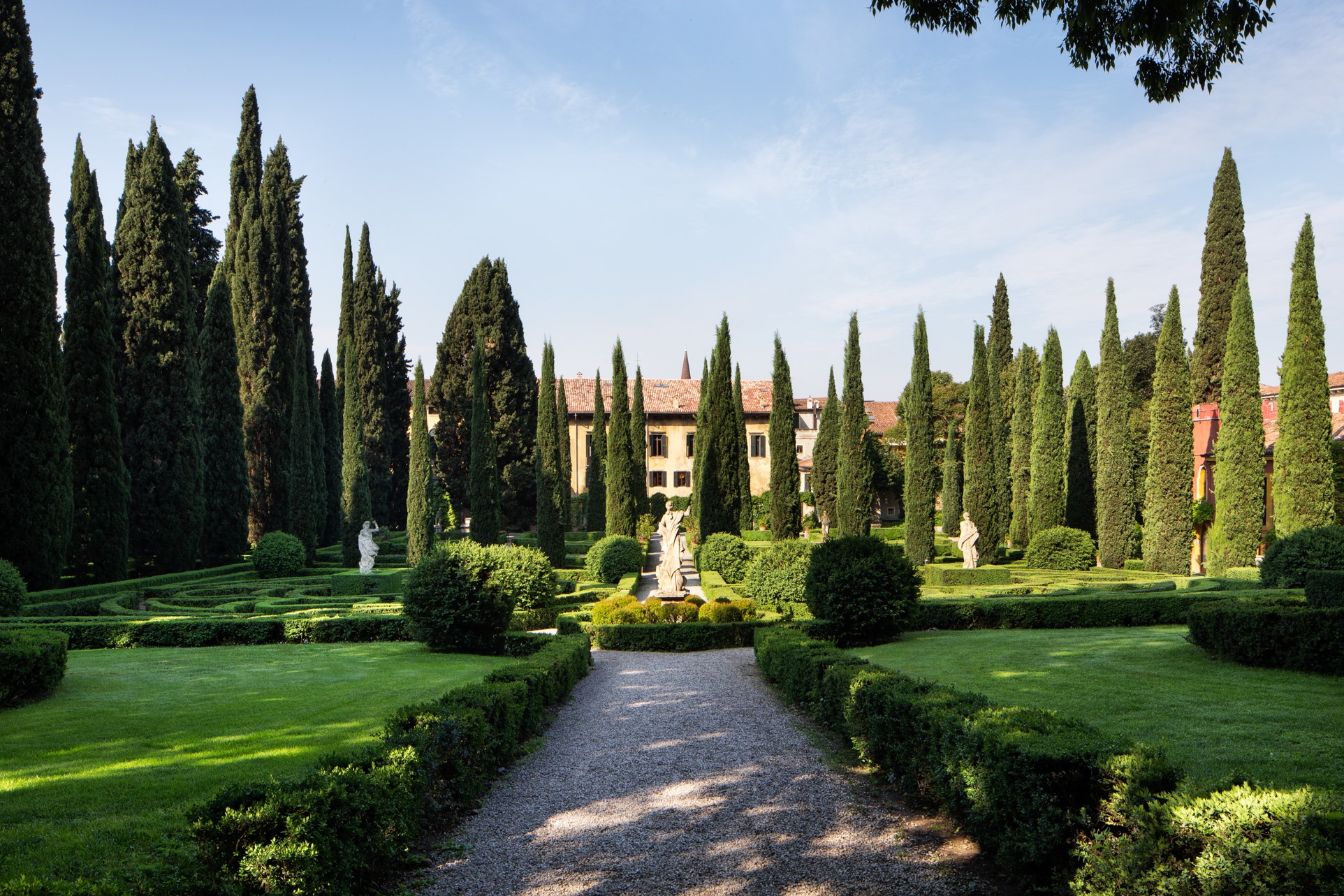Giusti Garden, a Verona, is one of the most beautiful and largest gardens in Italy, where history, art and nature come together. A destination for illustrious travelers in the past, today it is visited by tourists from all over the world. Its current structure is the one given to it in 1570 by Agostino Giusti, Knight of the Venetian Republic, Gentleman and Grand Duke of Tuscany.
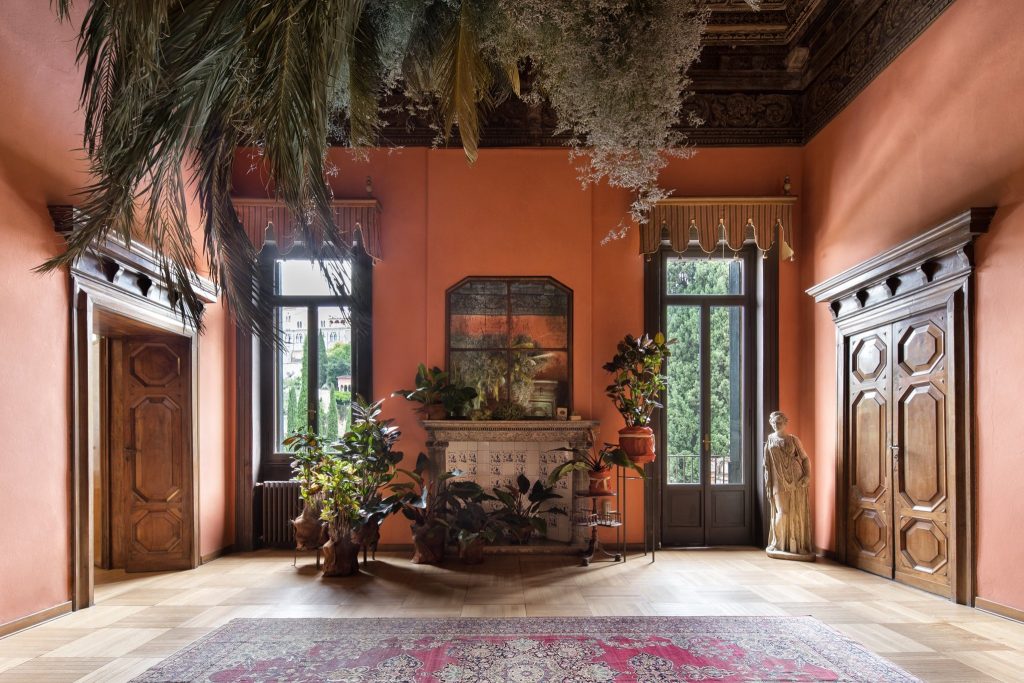
The garden, which frames Giusti Palace, is located in the neighborhood known as Veronetta, a few steps from the center. Declared a National Monument, it is embellished with flowers, plants, hedges and shrubs. It is enriched with statues, fountains, acoustic caves, pergolas, Italian boxwoods and one of the oldest labyrinths in Europe.
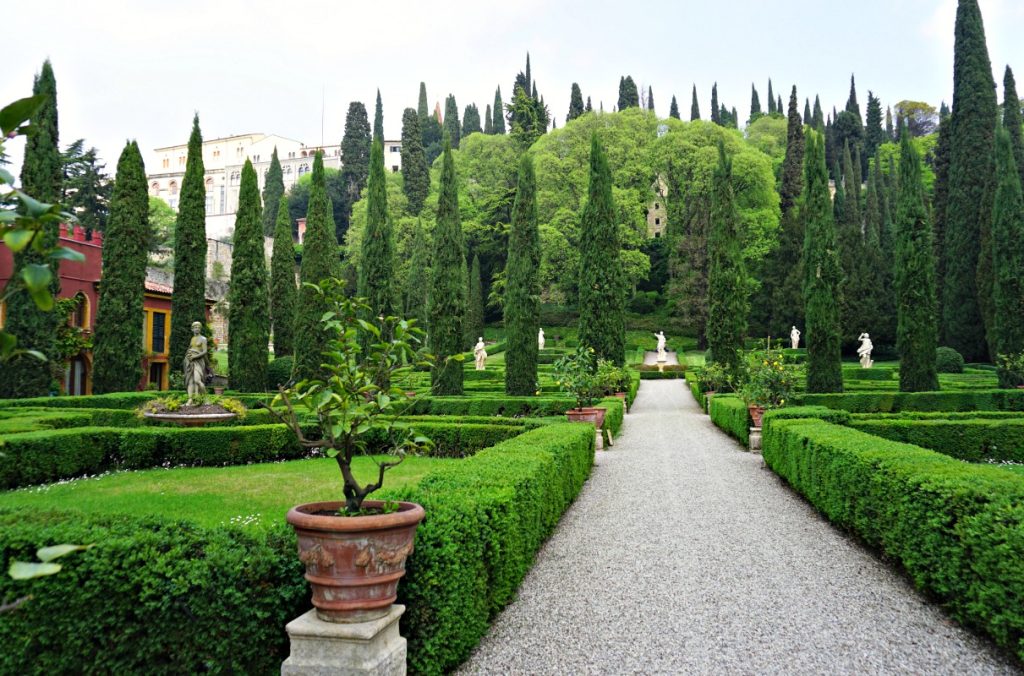
History
Giardino Giusti was created at the end of the 400s by the family of the same name, who arrived in Verona from Tuscany two centuries earlier to develop the wool dyeing industry, which at that time was the city's main source of wealth. In 1406, Provolo Giusti he took possession of land near the Via Postumia, an area that was used as a place to boil cauldrons for the treatment of wool. The production site, in the 500th century, was converted into a residential area on the initiative of Agostino Giusti. He had a representative villa built, designed in the style of Michele Sanmicheli. Palazzo Giusti was then born, which was adorned with a wonderful garden.

The cypress dear to Goethe
The Giusti Garden, on the San Zeno Hill, is divided into two parts by the large avenue of cypress trees. In this place of serenity and inspiration, the German writer Johann Wolfgang Goethe, who visited the park in 1786, was so fascinated by a majestic cypress over six hundred years old that he described it in his book “Journey to Italy”, published in 1817. The cypress was at the entrance to the garden, on the right, and Goethe loved stop to rest and reflect under its branches.

When he left Verona, he took a twig with him. Since then, that tree was called after him. Today the cypress can no longer be admired in all its beauty because a strong hailstorm that occurred in August 2020 almost completely destroyed it. Over time, other famous visitors came to the garden and stayed at Palazzo Giusti. Among these: Cosimo III De' Medici, Charles De Brosses, Joseph Addison, Emperor Joseph II, Mozart, Carlo Felice of Savoy, André Suares, Gabriel Faure, Tsar Alexander.
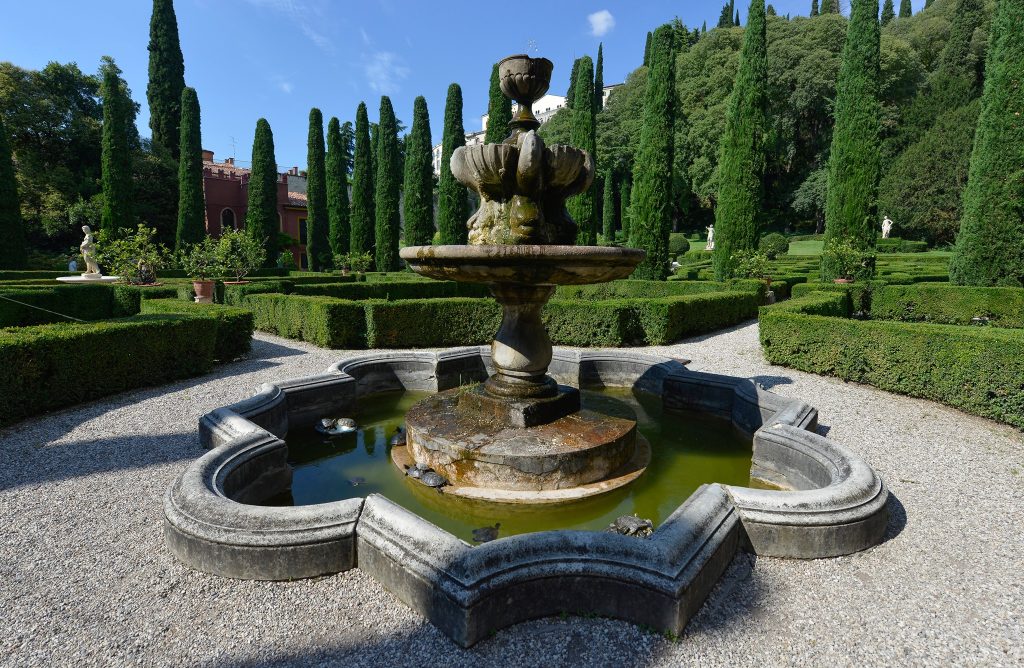
Between art and nature
The garden is divided into two parts. The first hosts Italian-style flowerbeds in which mythological-themed statues depicting Minerva and Apollo are placed, and a tub. The other houses one of the oldest labyrinths in Europe. On the opposite side of the palace, a sacred grove has been reconstructed which leads to a mask that in its golden times spat tongues of fire.
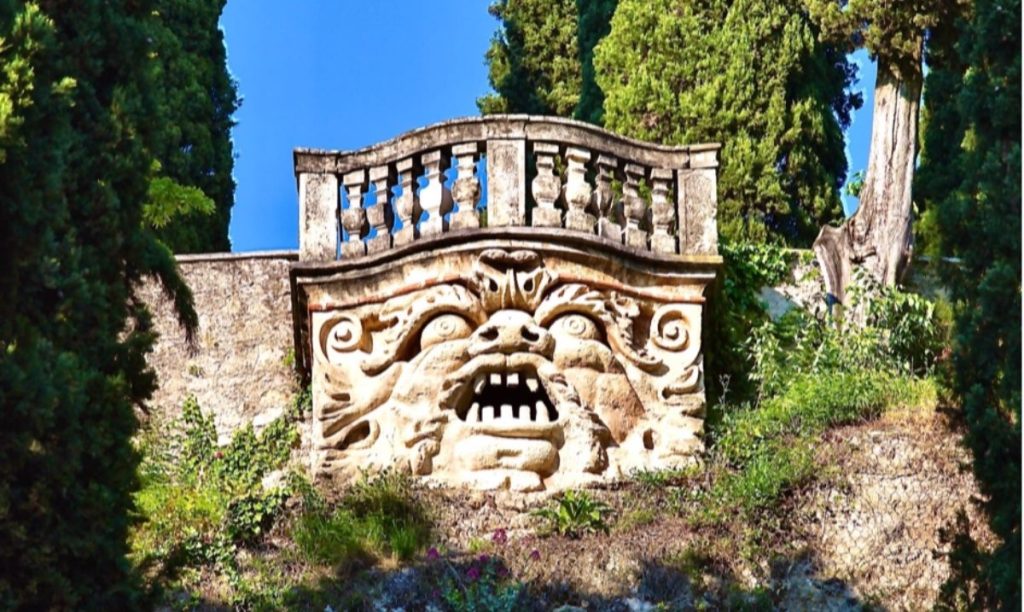
A lookout offers one of the most beautiful panoramic views of the city. Furthermore, while walking in the garden, you can admire the collections of flowers and finds of Roman origin. Inside there are also a series of statues by the sculptor Bernardino Ridolfi, son-in-law of Falconetto and collaborator of Palladio, and an artificial cave dug into the tuff with columns and beams that give it the appearance of a small Greek temple.
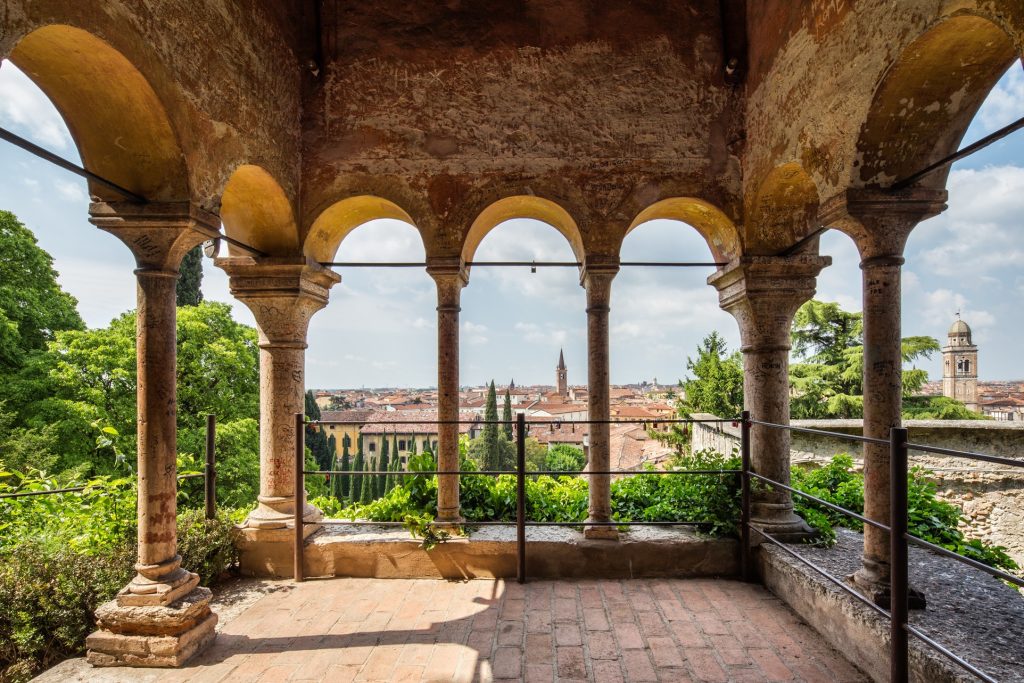
For its beauty and care of hedges, plants and flowers; for the artistic works it houses and the sense of serenity it transmits, the garden is one of the most beautiful places in Verona.
(Photo: Giusti Garden, Facebook Page)

